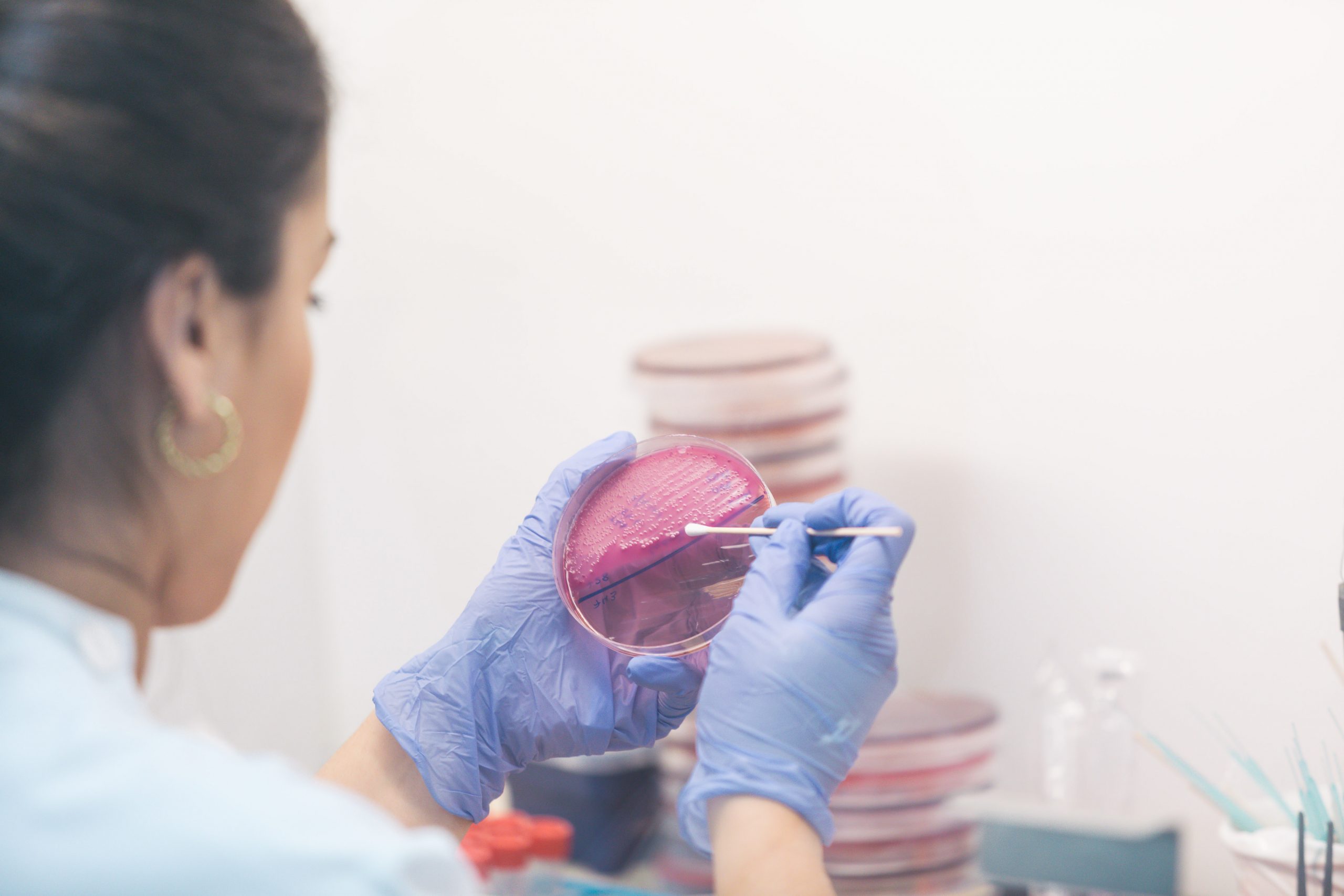WORKING GROUPS
WG2
European strain database

- Establish a strain database with information on veterinary pathogens stored across Europe.
- Define New MALDI-TOF MS interpretive criteria for >= 20 veterinary pathogens.
- Define new ECOFFs uploaded on the EUCAST website for >= 5 drug/pathogen combinations.
The first objective of WG2 is to establish a database with information on veterinary pathogens stored across Europe. In collaboration with WG1 and WG3, a strategy will be made for prioritisation of animal pathogens. Apart from those representing important diseases and accounting for high antimicrobial use in companion and food animals, pathogens that are traditionally difficult to speciate (e.g. non-fermentative Gram-negative bacteria), completely unidentified pathogens, and pathogens for which animal-specific CBPs are lacking, should be included. Action Participants and diagnostic laboratories contributing to WG1 will collect target pathogens prospectively. These, and pathogens from existing European strain collections, will be kept in their original place, but information about their origin, year of isolation, method of identification, etc. will be added to the database. Later work on database isolates would also benefit from strain collections outside Europe. Hence, these will also be included when available from the involved NNC and IPC Institutions, and more generally through the international network of Action Participants.
The second objective of WG2 is to use selected pathogens from the database for refining their identification by MALDI-TOF MS, and for determining epidemiological cut-off values (ECOFFs) based on existing MIC data and MICs produced during the Action as part of ongoing projects or STSMs. ECOFFs will subsequently be used by WG3 for development of CBPs. Furthermore, WG2 participants will actively identify and contact academia- and industry-based research groups developing alternative, precise, and rapid microbiological diagnostic methods (e.g. using flow cytometry, sequence-based methods, or selective growth media), with the purpose to initiate collaboration, share the strain collection and associated MIC data, and ultimately accelerate development of such novel methodologies.